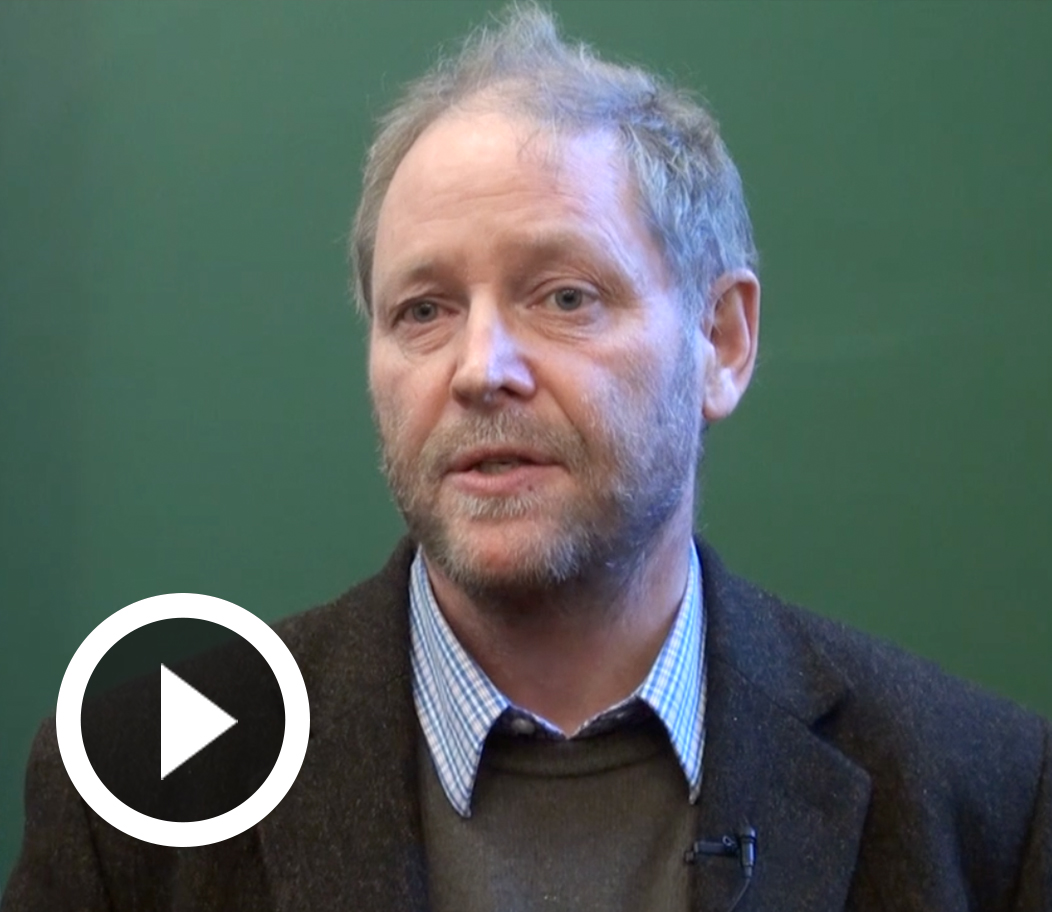
When the United Nations Forum on Forests (UNFF) meets next month in New York, the focus will be on the first F and much less on the second.
The most prominent agenda item for UN member states over the two-week negotiations will be to agree on the future of the Forum itself, and more generally the International Arrangement on Forests (IAF).
As to the second F, seeking agreements, and defining actions to reverse forest loss and enhance forest benefits, will take a backseat role.
There has been genuine and commendable engagement in the IAF from countries, international organizations, national governments, and experts, to make a real difference on the ground.
That engagement must be acknowledged and respected – after all this is the United Nations arrangement to deal with all types of forests, everywhere.
That said, pertinent questions then become: Does the arrangement represent an effective and inclusive approach to forest-related issues? What negotiation results can we expect from the UNFF? How can the investment of time and money in the IAF lead to adequate returns in sustainable development outcomes?
Over the past two years, the member states have undertaken to review the IAF and its effectiveness, including an independent assessment that serves as a basis for the May talks.
While generally agreeing on the need for the IAF, the report identified some areas for serious concern, notably that the UNFF has suffered from overly rigid programming and has not been able to “react fully to some important emerging issues, such as climate change, forest governance, trade, investment and the valuation of ecosystem services.”
Consequently, many forest-related issues have been covered by other arrangements, notably the three Rio conventions. The report also raised concerns that the “Non-legally Binding Instrument (NLBI, or Forest Instrument) from 2007 has not been effectively implemented. Instead, the report notes that “direct causal relationships between the Forest Instrument itself and national actions are not always obvious and can be hard to prove.”
The assessment also provides options for the future direction of the UNFF and the IAF; all suggest the need to maintain or increase operations to enhance delivery. This includes a clear vision that the UNFF and IAF should connect forests to the upcoming Sustainable Development Goals (SDGs) and hence move forest issues into the mainstream of development efforts.
So where do we fit in? The Center for International Forestry Research (CIFOR) is part of the IAF as a member of the Collaborative Partnership on Forests (CPF) together with 13 other international organizations whose missions relate to or focus on forests.
The CPF has two tasks – first to support the UNFF process, and second to develop its own joint actions. It is a voluntary partnership without direct funding, so the members themselves provide for actions. CPF-supported actions led by CIFOR have notably included the six annual Forest Days (2007–2012) and subsequently the Global Landscapes Forum, including many partners beyond the CPF and the forestry sector. The upcoming discussions on the future of the IAF will include the role of the CPF and how it should be organized going forward.
So what do we hope for from UNFF-11 in May?
The independent review team concluded that the Forum and its predecessors dating back to UNCED 1992 have leveraged far less influence on forests and forestry than expected. By comparison, it is clear that, for example, the UNFCCC with its REDD+ mechanism has exercised more political power and deployed and garnered substantially more resources in recent years. Similarly, the 2014 New York Declaration on Forests engaged countries, provinces, the private sector and civil society, but not under the auspices of the UNFF.
Against this history, asserting the UNFF in its present form as the leading institution on forests globally appears to be a major challenge. An opportunity could, however, lie in affirming a platform for the variety of forest-related mechanisms to act as an interface with the SDGs, with the mission of ensuring that forests and forestry have a high profile integrated in the post-2015 development agenda.
This in turn would suggest, in the May talks, that member states focus their attention more on new partnership arrangements based on substance, and perhaps less on the construction of UNFF version 2.0 per se.
We want you to share Forests News content, which is licensed under Creative Commons Attribution-NonCommercial-ShareAlike 4.0 International (CC BY-NC-SA 4.0). This means you are free to redistribute our material for non-commercial purposes. All we ask is that you give Forests News appropriate credit and link to the original Forests News content, indicate if changes were made, and distribute your contributions under the same Creative Commons license. You must notify Forests News if you repost, reprint or reuse our materials by contacting forestsnews@cifor-icraf.org.

